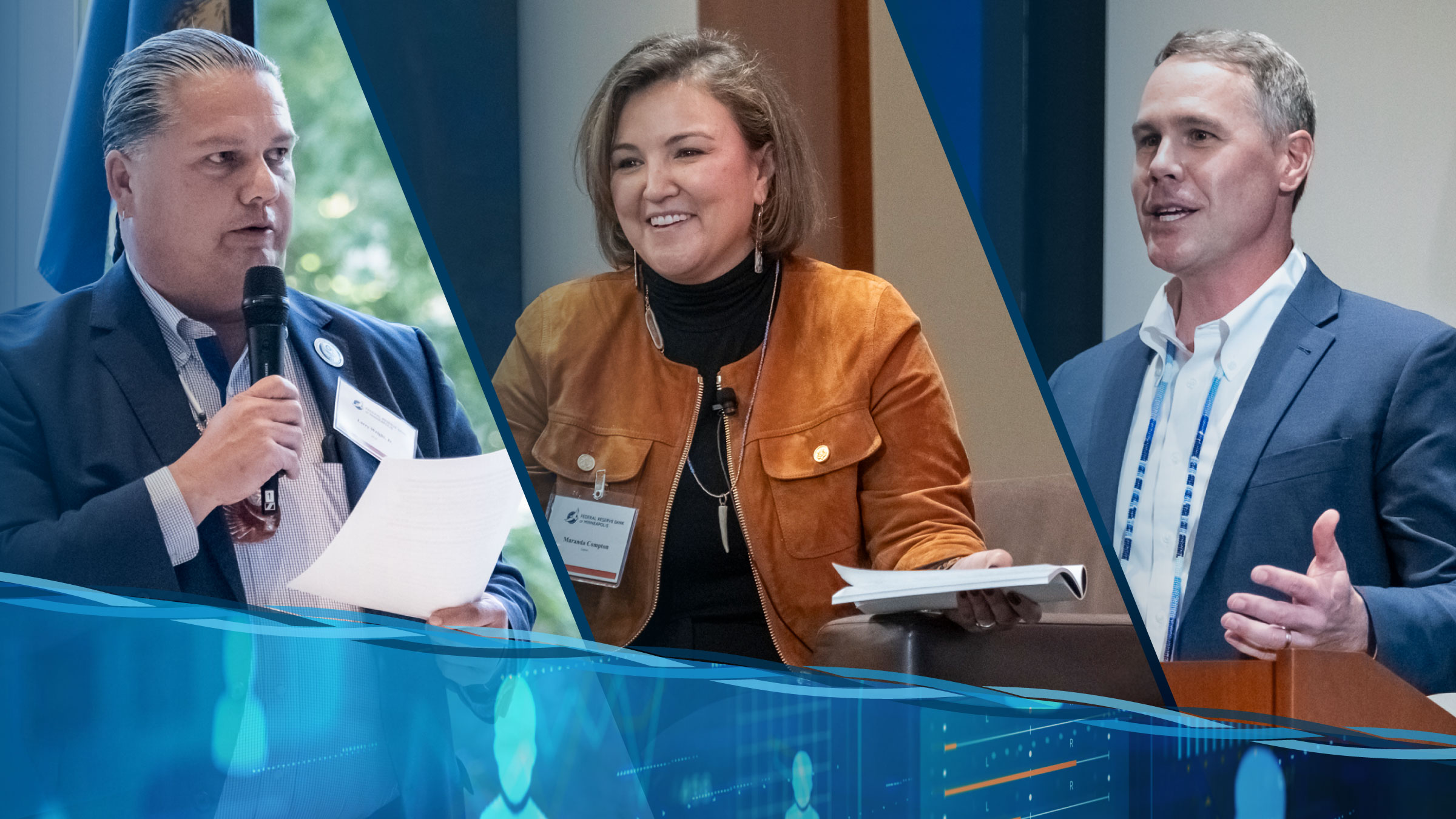The COVID-19 pandemic has devastated tribal communities across the U.S. Over the last year, Native Americans have experienced double the rate of COVID-19 infections, more than triple the rate of hospitalizations, and more than double the death rate compared to White, non-Latino/a Americans. In addition to claiming the lives of thousands of tribal leaders, Native language speakers, elders, and family members, COVID-19 has revealed to a broader audience the weakness of Indian Country infrastructure. Decades of underdevelopment, including that of key public infrastructure like water and health care facilities, has created outsized consequences for our tribal communities and institutions. Responding to these social and economic disruptions, we at Center for Indian Country Development (CICD) are focusing on supporting tribal governments in equipping themselves with the finance tools they need to strengthen the economic foundations of Indian Country, blunt the impact of future crises, and pave the way to long-term economic prosperity.
Pandemic has decimated tribal economies
The COVID-19 pandemic has clearly exposed the economic consequences of the structural weaknesses of tribal economies and tribal revenue streams. Tribal governments have relied on tribally owned enterprises as both an economic development strategy and source of critical revenue. Many tribally owned enterprises are concentrated in sectors such as gaming and entertainment that have been disproportionately affected by social-distancing measures. After initial shutdowns and many partial re-openings to protect against the spread of the virus, over half of tribally owned enterprises reported revenue losses of more than 20 percent in a fall 2020 CICD survey. As a result of the losses, enterprises have fewer revenues to allocate to tribal governments, which then have had to reduce both the essential services they provide their communities and the investments they make in critical public infrastructure.
The fall 2020 survey showed that revenue constraints have led tribal governments to reduce support for struggling tribal entrepreneurs. The reductions exacerbate the impacts of the pandemic on tribal economies. Only a small share of businesses owned by tribal members have successfully accessed relief from federal pandemic programs such as the Paycheck Protection Program and the Economic Injury Disaster Loan program, as indicated in an August 2020 CICD small business survey. In the same survey, 20 percent of respondents revealed they did not have enough cash on hand to sustain operations beyond six months. Moreover, a significant portion of respondents did not anticipate their businesses ever returning to pre-pandemic capacity.
Flat federal transfers and dual taxation sap tribes’ financial capacity
Compared to states and cities, the 574 federally recognized tribal governments in the U.S. generate a significantly smaller share of revenues from taxation; obtain a greater proportion from government-owned enterprises; and, as a result of the federal government’s trust responsibility to tribes, receive a greater share of federal funding. These differences, which arise from U.S.-tribal legal and financial structures, impact the vitality and resilience of tribal economies.
Despite the federal government’s trust responsibilities for tribal nations, which are defined in longstanding treaties and laws, federal transfers to tribes have been effectively flat for the past two decades. Federal programs intended to support Native Americans continue to distribute only a fraction of the funding necessary to meet either treaty obligations or basic needs in Indian Country. As a result, tribes have exercised their sovereignty and invested in their own enterprises to create jobs and support tribal treasuries. However, the concentration of tribally owned enterprises in volatile industries—gaming, entertainment, and energy—has made this revenue source unpredictable for tribal governments, particularly during the Great Recession and the COVID-19 recession.
Given the inadequacy of federal transfers and the volatility of revenue from tribally owned enterprises, tribes are increasingly turning to taxation as a public finance tool. At the same time, states are capitalizing on expanded authority, extended by recent court decisions, to increase tax collections on business activities in tribal communities. As a result, state or local governments may tax certain business activities that a tribal government wants to tax, leading to double taxation or costly litigation, either of which discourages economic activity in Indian Country. Thus, the lack of clarity between disparate tax systems constrains tribes’ ability to attract investments to their communities. Moreover, this dual taxation is limiting tribes’ ability to leverage taxation as a primary revenue source, as other governments do, to provide the government services and economic infrastructure so needed in Indian Country.
The Achilles heel of tribal prosperity: Underdeveloped infrastructure
Native American households on reservations are more than three times as likely as households overall to lack complete indoor plumbing. Native households on reservations are twice as likely to live in overcrowded housing than households overall. Less than half of households in Indian Country have access to high-speed Internet service. Modern infrastructure and government services—like education, public health, clean water, broadband Internet, and transportation—are expensive for any government to provide. Yet the hurdle is particularly high for tribal governments, because the revenues available to them are unpredictable and inadequate to meet the long-term needs of their communities. As a result, much of Indian Country is more susceptible to both economic shocks and major crises such as the COVID-19 pandemic. The weakness of tribal public infrastructure, revealed through the pandemic, results not from a lack of willingness or capacity within tribal governments but rather from structural barriers that limit tribes’ ability to generate or access predictable and sufficient revenues.
Supporting tribal governments in reaching their economic potential
Collectively, these structural barriers constrain tribes’ self-determination over their fiscal affairs. Without stable revenues, tribal governments are less able to invest in the infrastructure necessary to lessen the impact of future economic shocks and create a stronger foundation for a thriving Indian Country. To address the institutional challenges the COVID-19 crisis has revealed, CICD is focusing on building a stronger economic foundation in Indian Country and supporting tribes in reaching the economic potential they envision for their communities. Join us.
Casey Lozar is a Minneapolis Fed vice president and director of our Center for Indian Country Development, a research and policy institute that works to advance the economic self-determination and prosperity of Native nations and Indigenous communities. Casey is an enrolled member of the Confederated Salish and Kootenai Tribes and he’s based at our Helena, Mont., Branch.






